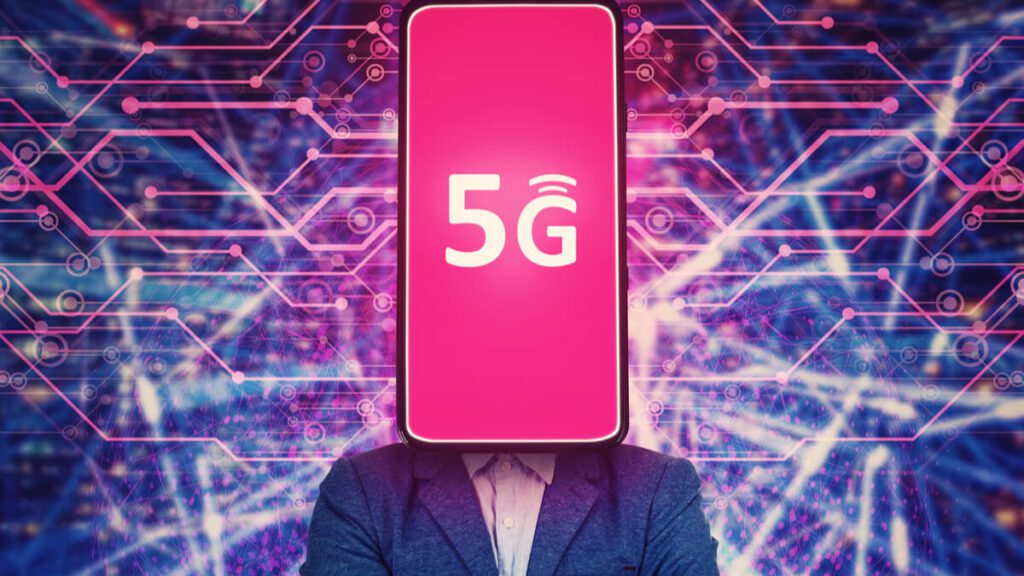
Articles, videos, podcasts, infographics forecast massive transformation brought about by the rollout of 5G.
While there is no doubt that the fifth-generation mobile network will bring about infinite possibilities in every sector and industry, we need to stay grounded on what’s happening in the shadows of such a colossal launch: cybersecurity.
The future of wireless technology holds the promise of complete connectivity, but we need to take a lesson from Spiderman’s Uncle Frank when he said, “with great power, comes great responsibility.”
The forthcoming upgrade from 4G to 5G concerns pretty much anyone using a cellular connection. Thus, it’s wise to understand the cybersecurity 5G networking offers — and where it might be lacking.
Just like with Newton’s third law, expect to see an opposite and equal reaction with cybercriminals devising significantly more advanced cyberattacks.
The approach to the security of 5G telecommunications networks should depend on national context, including the geographic location of equipment, national cybersecurity experience, vendor availability and cost.
The main policy priority for states should be the implementation of pragmatic technical cyber risk management measures that protect against the majority of risks to 5G networks.
The first instances of this has been brought to the limelight with the current isolation of Chinese tech titan Huawei from various western countries, spearheaded primarily by the U.S. and the UK.

From a purely technical perspective, this was a practical and realistic decision that adheres to the principles of cyber risk management and reflects the expert view of the UK’s national technical authority, the National Cyber Security Centre.
Statista reports that the 5G security market will grow to a USD $4.02 billion by 2023. As the market grows, and the 5G network revolution unfolds, the question of how attendant devices and applications will be secured is a key concern.
While the responsibility lies with telcos who deliver the network, support is also provided by government and industry security bodies to deliver the defenses needed against cyberattacks; further down the line, lawmakers will step into the forefront to enact and rule on the best practices and guidelines to ensure products have a cybersecurity stamp of approval.
In parallel, many experts are looking towards Artificial Intelligence to be one of the weapons used to fight cybercrime.
ABI Research forecasts machine learning in cybersecurity is set to boost big data, intelligence, and analytics spending to $96 billion by 2021, pointing to the opportunity for telcos to take advantage of machine learning and AI’s capabilities to increase cybersecurity practices.
5G cybersecurity concerns
5G cybersecurity needs some significant improvements to avoid growing risks of hacking. Some of the security worries are a result of the network itself, while others involve the devices connecting to 5G. But both aspects put consumers, governments and business at risk.
Let’s jump right in and discuss the possible risks brought to light by the anti-virus and malware protection software:
1. Decentralized security
Pre-5G networks had fewer hardware traffic points-of-contact, which made it easier to do security checks and upkeep. 5G’s dynamic software-based systems have far more traffic routing points. To be completely secure, all of these need to be monitored.
2. 5G and security monitoring
While current networks are limited in speed and capacity, this has actually helped providers monitor security in real time. So, the benefits of an expanded 5G network might actually hurt cyber security. The added speed and volume will challenge security teams to create new methods for stopping threats.
3. IoT weaknesses
Not all manufacturers are prioritizing cyber security, as seen with many low-end smart devices. 5G means more utility and potential for IoT. As more devices are encouraged to connect, billions of devices with varied security, means billions of possible breach points.
Smart TVs, door locks, refrigerators, speakers and even minor devices like a thermometer for a fish tank can be a network weakness. A lack of security standards for IoT devices means network breaches and hacking might run rampant.
4. Lack of encryption
This information helps hackers know exactly what devices are connected to the network. Details such as operating system and device type (smartphone, vehicle modem, etc.) can help hackers plan their attacks with more precision.
Accordingly, cybersecurity threats can appear in a wide array of different forms such as:
- Botnet attacks control a network of connected devices to puppeteer a massive cyberattack
- Distributed denial-of-service (DDoS) overload a network or website to take it offline.
- Man-in-the-Middle (MiTM) attacks quietly intercept and change communications between two parties.

Cybersecurity strategies
According to a report done by Kaspersky, to stave off widespread weaknesses in national mobile networks, technology developers will have to be extra attentive to 5G security.
1. 5G security in networks
Network providers will begin focusing on software protections to cover the unique risks of 5G.
“They will need to collaborate with cybersecurity firms to develop solutions for encryption, network monitoring, and more,” the report said.
2. Incentivize manufacturers
The costs of developing and implementing secure tech do not motivate all manufacturers to focus on cyber security.
“This is especially true in low-end products like kids’ smartwatches and cheap smart baby monitors,” the report highlighted.
If manufacturers receive benefits that offset their bottom-line losses, they may be more likely to boost their consumer protections.
3. IoT cybersecurity education
Because users have no way of knowing how safe IoT devices are, smart tech manufacturers might start to be held accountable with a label system.
“The FCC grades other forms of radio transmission, so the growing market of IoT devices may soon be included as well,” the Kaspersky report stated, adding that users need to be taught the importance of securing all internet devices with software updates.